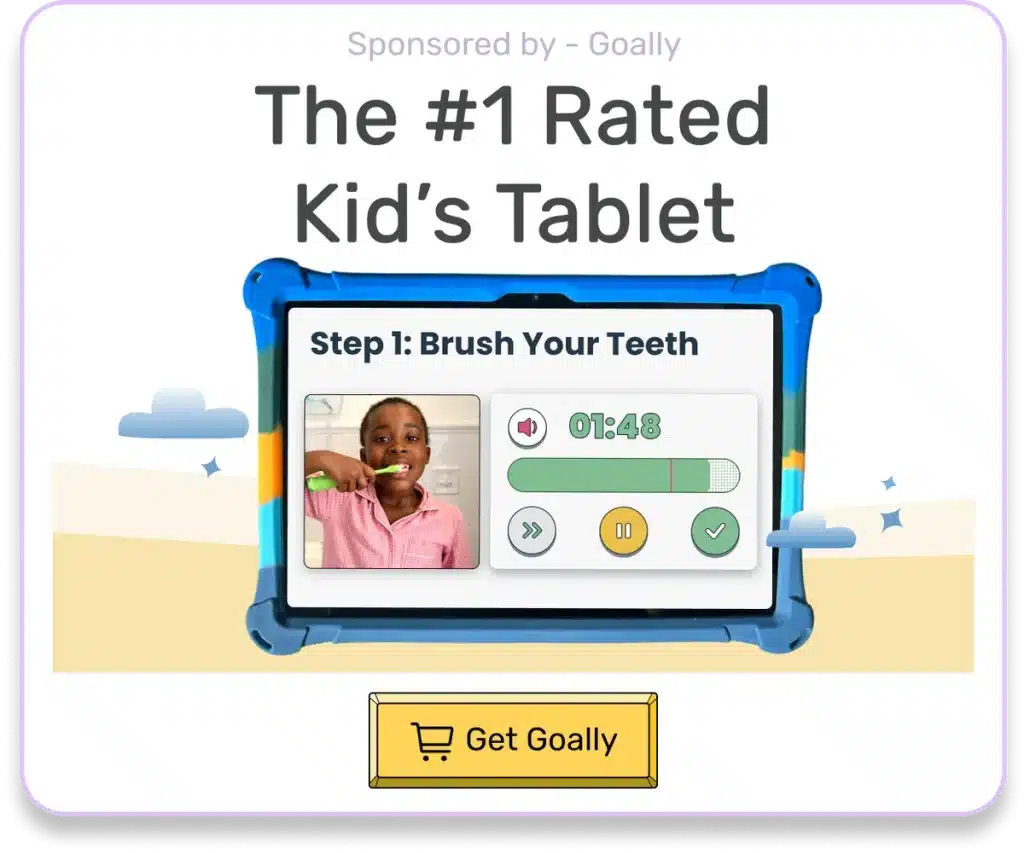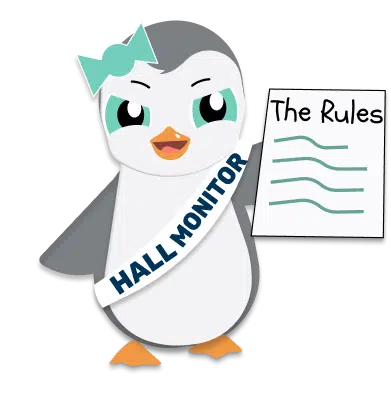As someone who works closely with neurodivergent kids, I’ve learned that disciplining a child with Pathological Demand Avoidance (PDA) requires a unique and compassionate approach. PDA is a complex condition characterized by an extreme aversion to demands, often leading to intense meltdowns or defiant behaviors.
Table of Contents
Understanding the Root Cause
When it comes to how to discipline a child with pda, it’s crucial to understand the underlying reasons behind their behavior. For kids with PDA, demands can trigger an overwhelming need for control and autonomy, leading to resistance and outbursts.
According to a study by the National Autistic Society, around 25% of children with autism exhibit PDA traits. This highlights the importance of tailoring discipline strategies to meet the unique needs of these kids.

Strategies for Disciplining a Child With PDA
While traditional discipline methods can be ineffective or even counterproductive for children with PDA, there are several strategies that can help foster cooperation and build positive relationships:
- Be patient and understanding: Recognize that their behavior stems from an inability to comply, not willful defiance.
- Use positive reinforcement: Celebrate small victories and progress, rather than punishing unwanted behaviors.
- Give choices: Offering choices and involving them in decision-making can help them feel in control.
- Avoid power struggles: Backing down or finding a compromise can be more effective than escalating conflicts.
- Use visual aids: Clear communication through visual aids can help minimize misunderstandings.
- Keep calm and carry on: Staying calm and consistent can help de-escalate intense situations.
- Model desired behaviors: Lead by example and demonstrate the behaviors you want to see.
- Focus on building coping skills: Prioritize helping them develop strategies to manage their emotions and impulses.
- Be flexible: Adapt your approach based on their unique needs and the situation at hand.
- Use simple and direct language: Clear, concise communication can help minimize confusion and frustration.
- Break down tasks: Breaking down complex tasks into smaller steps can make them feel more manageable.
- Give advance notice: Preparing them for upcoming transitions or tasks can help reduce anxiety and resistance.
- Use their interests: Incorporating their special interests into activities or rewards can increase engagement.
It’s important to remember that every child is unique, and what works for one may not work for another. By approaching discipline with empathy, patience, and a willingness to adapt, you can create a more positive and supportive environment for kids with PDA.
| Traditional Approach | PDA-Friendly Approach |
|---|---|
| Punishment and consequences | Positive reinforcement and choices |
| Power struggles and demands | Avoiding conflicts and compromising |
| Rigid expectations | Flexibility and adaptability |
| Short-term compliance | Long-term coping skills |

Goally | Apps That Build Behavior & Life Skills for Kids
Want to keep your child motivated while building essential behavior and life skills? Goally’s skill-building tablet is designed to celebrate small wins and help your child grow.
Our Behavior Tracker helps you reward your kiddo for specific skills, like “being kind” or “flushing the toilet.”
By setting clear expectations and rewarding their efforts, you foster a positive environment for your child to flourish in their behavioral skills journey.

In the end, disciplining a child with PDA is a delicate balancing act that requires patience, empathy, and a deep understanding of their unique needs. By embracing a compassionate and collaborative approach, you can help these remarkable kids thrive and reach their full potential.
Helpful Resources
FAQ’s About How to Discipline a Child With PDA
What is the key to disciplining a child with PDA?
The key is to be patient, understanding, and avoid power struggles or demands that can trigger intense resistance.
Why do traditional discipline methods not work for children with PDA?
Traditional methods often rely on consequences and demands, which can escalate conflicts and resistance in children with PDA.
How can positive reinforcement help discipline a child with PDA?
Positive reinforcement celebrates progress and desired behaviors, rather than punishing unwanted ones, fostering cooperation.
What role do choices play in disciplining a child with PDA?
Offering choices and involving the child in decision-making can help them feel in control and reduce resistance.
How can visual aids support discipline strategies for children with PDA?
Clear visual communication through aids like schedules or charts can minimize misunderstandings and frustration.
Emily is a seasoned blog writer for Goally, leveraging her extensive background in child psychology and special education to provide valuable insights and resources for parents. Her commitment to understanding and addressing the unique needs of these children, combined with her expertise in educational strategies, makes her a credible and empathetic voice for families.





